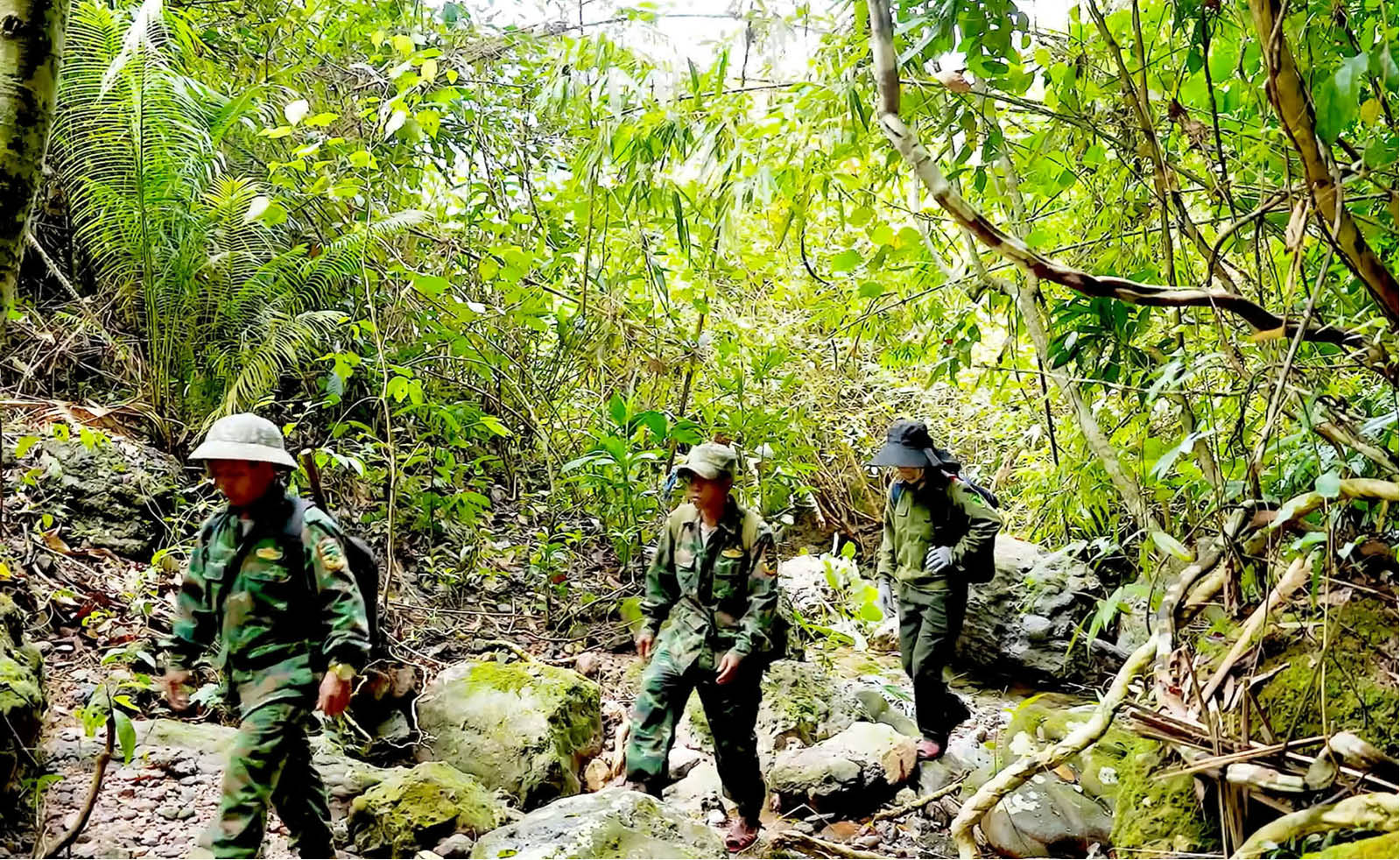 |
| Groups of households set out to patrol the forest at the beginning of the rainy season. |
Sustainable livelihoods
For generations, A Luoi people have been closely attached to the forest. Forests provide firewood, bamboo shoots, medicinal leaves, etc., which are the source of livelihood for many generations, but it is this dependence that has made it difficult for people to escape poverty all year round. When the ERPA policy was implemented, the forest was no longer just a place to make a living but became a resource for people to improve their lives.
The family of Le Thi Thuy Dung (41 years old, La Tung village, A Luoi 4 commune) is an example. In the past, she often went into the forest to collect firewood and dig bamboo shoots to sell. The tight economy made it difficult for the whole family to make ends meet. For the past two years, thanks to participating in ERPA, Dung has had an additional regular income.
“The money is not much but it has been regular, helping the family worry less about not having enough rice, buying medicine, and sending the children to school. More importantly, we understand that the forest keeps our water source, clean air, and the future of our children. Protecting the forest now is not just for money, but to preserve life,” Dung shared.
According to her, since ERPA was established, the whole village has clearly changed its perception: “In the past, forest patrolling was the job of a few people, but now the whole village is ready to participate. Every time we have a village meeting, we remind each other: Protecting the forest is protecting our own rice bowl.”
Currently, La Tung village is assigned to manage more than 140 hectares of forest. The community is divided into groups that take turns patrolling to ensure that the forest area is not encroached. In 2024, the village received more than 42 million VND in payment and 50 million VND in livelihood support; in 2025, the first advance payment was more than 28 million VND. Although the amount is not large, it has become a motivation for people to stick together, and for many years there has been no encroachment or illegal logging.
Not only in La Tung, many other communities have also changed thanks to the forest. The community forest protection group in village 2, A Luoi 2 commune is assigned to manage more than 70 hectares of natural forest. The group has 14 members, divided into 2 patrol teams. "Every year, the group is paid more than 60 million VND from forest environmental services. This is a source of income divided equally among members, helping everyone to have peace of mind to cover their living expenses," said Mr. Tran Van Hieu, the group leader.
According to the A Luoi Protective Forest Management Board, in 2025 alone, the locality was allocated more than 4.2 billion VND. To date, 15 village communities have been assigned nearly 1,800 hectares of forest, receiving more than 1 billion VND in payment. In addition, there are 750 million VND in livelihood support and nearly 2 billion VND for silvicultural measures. Although these expenses are not large, they are an important support for people to feel secure in their attachment to the forest.
Raise awareness
Along with the community, the forest management system in A Luoi has also been strengthened. After the local government operated under a two-tier model, the A Luoi Regional Forest Protection Unit was also established to replace the previous District Forest Protection Unit. The unit is currently working closely with the authorities of 5 mountainous communes to promote forest fire forecasting, disseminate information to each village and hamlet, and implement many forest restoration projects.
Mr. Ho Van Sao, Head of the A Luoi Regional Forest Protection Department, said: Up to now, more than 20,200 hectares of natural forest have been assigned to 39 communities, 191 household groups and 26 households for management. “After the forest was assigned, forest encroachment has decreased significantly. Household groups have all developed patrol plans and coordinated well with forest rangers. The better the community manages the forest, the more people's awareness will be raised,” Mr. Sao emphasized.
The impact of ERPA is becoming increasingly evident across the city. Forest cover is now 57.18%. More than 205,500 hectares of natural forest have been included in emission reduction payments, with a total budget for the 2023-2025 period of more than VND135 billion.
Mr. Nguyen Tat Tung, Director of the Hue City Forest Protection and Development Fund, affirmed: “ERPA not only creates a source of income for people, but is also a new financial mechanism, turning carbon sequestration value into specific benefits. Thanks to that, forest owners have more funds to sign contracts with the community, and at the same time carry out forestry activities such as forest protection, regeneration, and forest enrichment. Payment through banks, e-wallets or public postal services also ensures transparency and convenience.”
According to statistics, in 2024 alone, Hue City disbursed nearly 43 billion VND, reaching 98% of the plan. By July 2025, the payment rate also reached 95% of the plan. After 3 years, the total payment amounted to 123 billion VND, of which more than 15 billion VND was for communities, household groups and households; more than 5 billion VND for commune People's Committees and organizations; over 102 billion VND for 11 forest owners who are organizations. Nearly 31,000 hectares of forest assigned to communities have been effectively protected.
The important thing is that people's awareness has changed. They no longer see forest protection as just a duty, but as an essential part of life: Protecting forests to have food to eat, protecting forests to have water sources and a clean environment for future generations. That is the long journey that Hue City is persistently pursuing, so that each forest is both a green shield for the environment and a solid foundation for the livelihoods of thousands of mountainous households.
Source: https://huengaynay.vn/kinh-te/doi-thay-nho-rung-158502.html









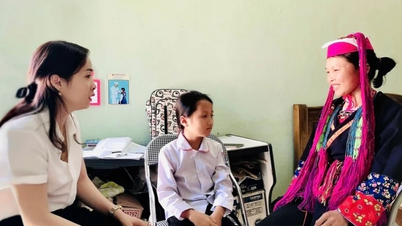


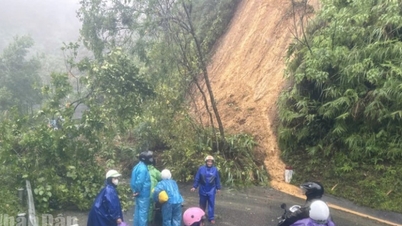

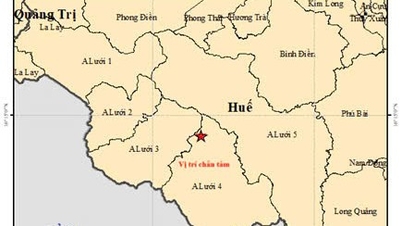




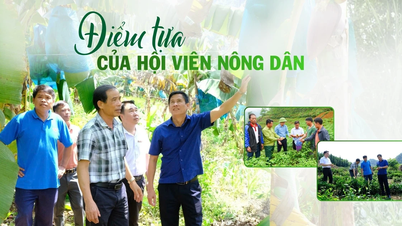

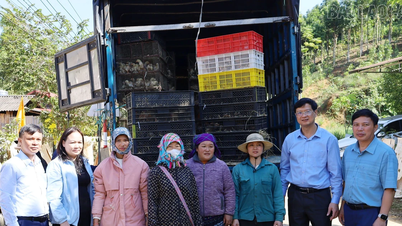


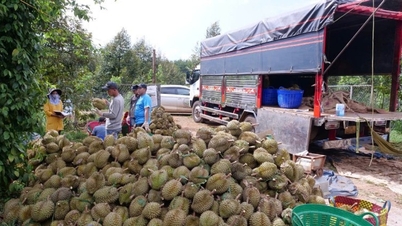
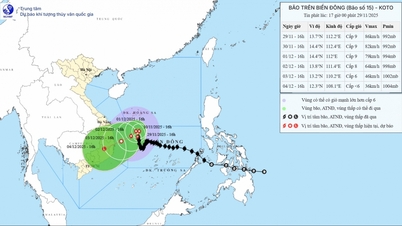






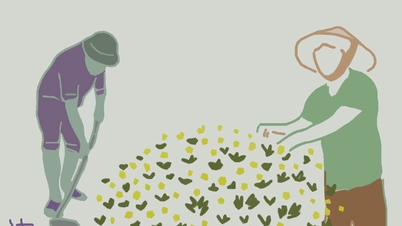

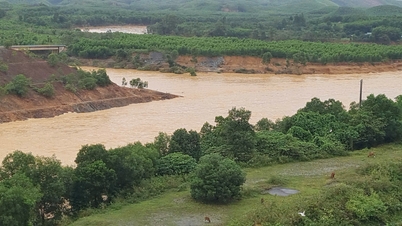





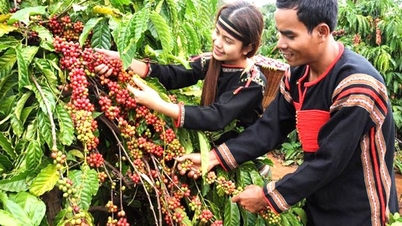



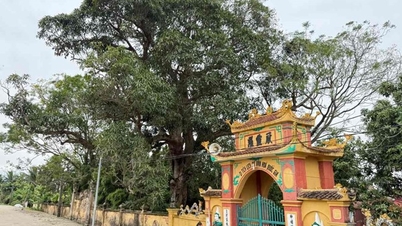

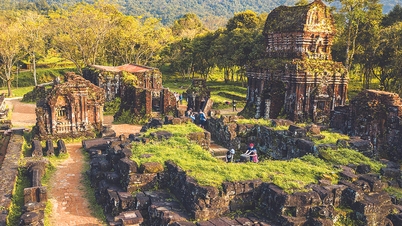


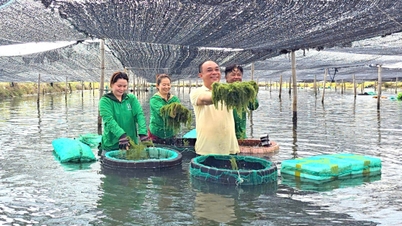



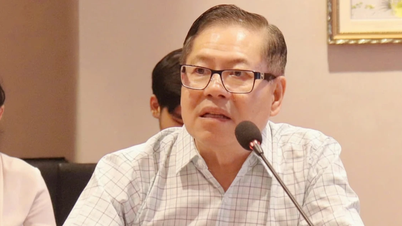












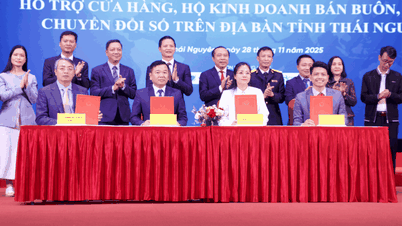








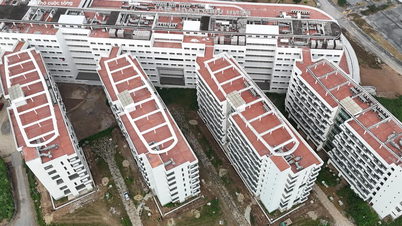
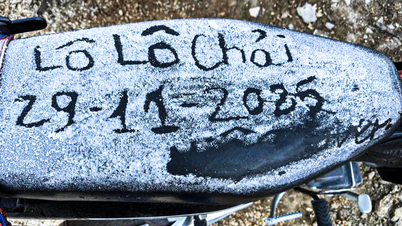


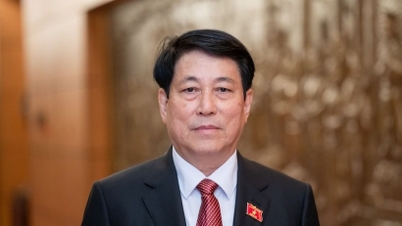


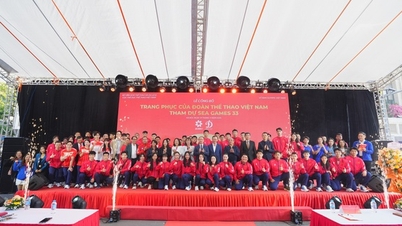





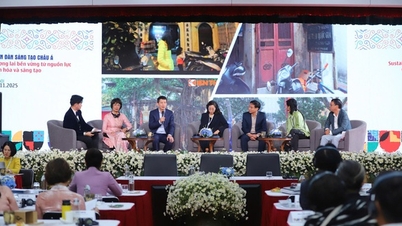
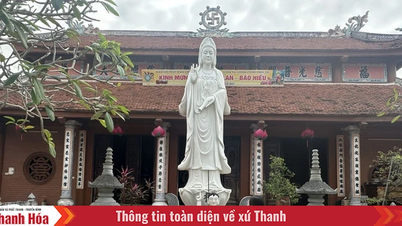

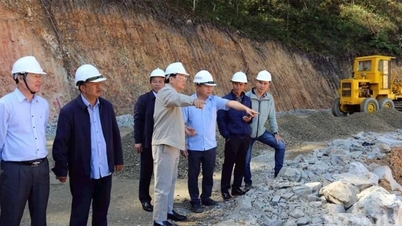
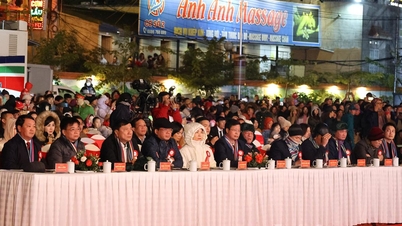













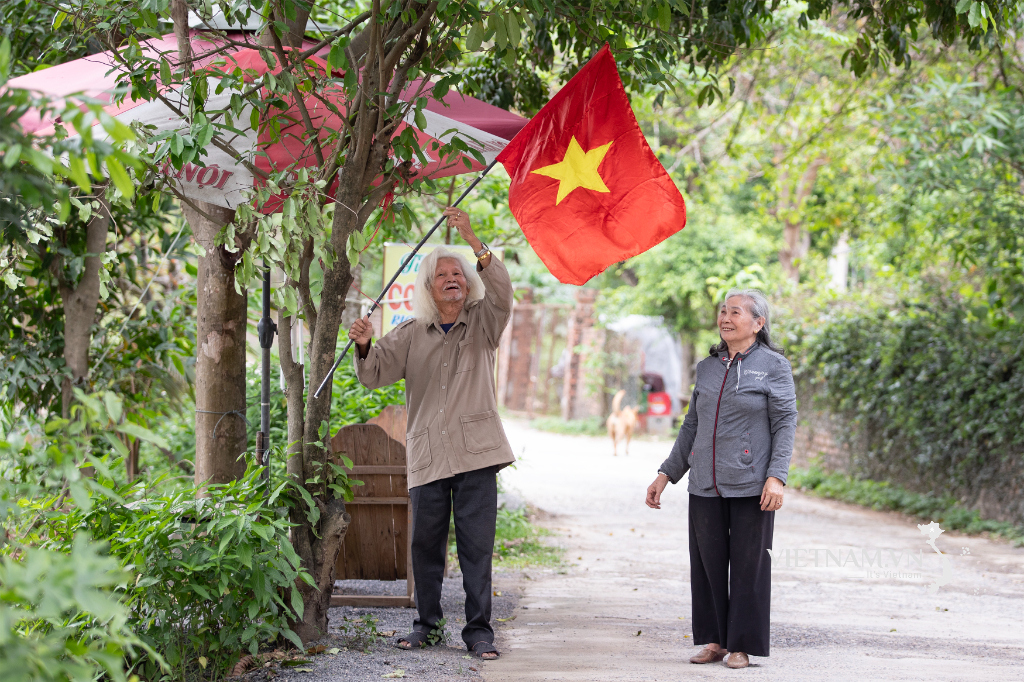



Comment (0)